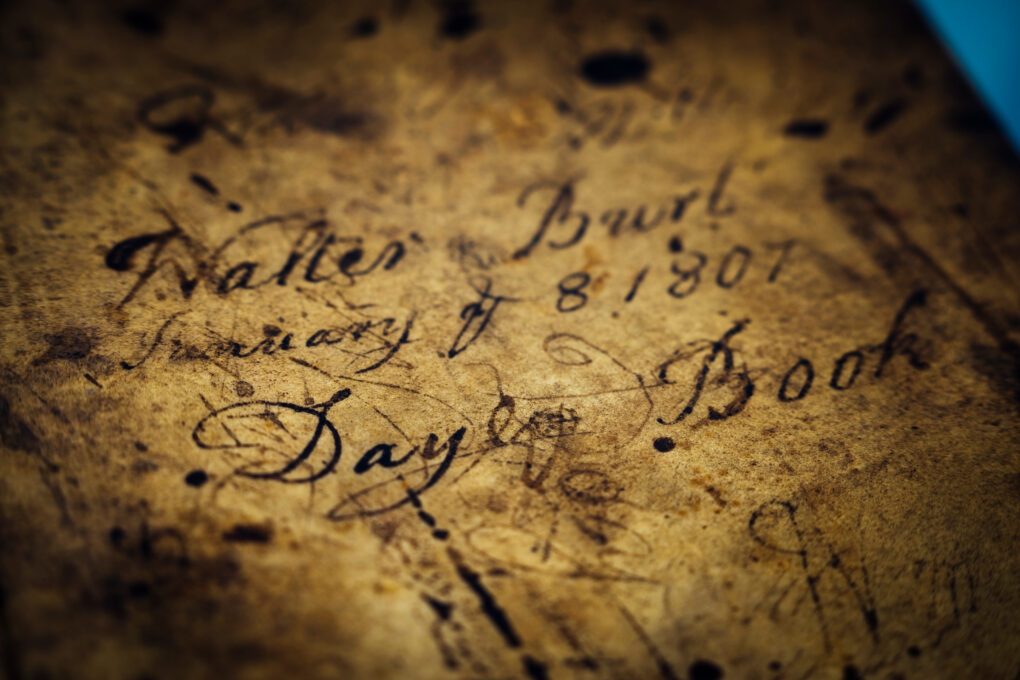The history of veterinary medicine goes back to Mesopotamia in 3000 BC, when Urlugaledinna was called an “expert in healing animals”. This page explores the history of the veterinary profession, including the history of veterinary nursing, in the UK and across the world.
Global veterinary medicine timeline
BC
c.3000
Mesopotamia. Urlugaledinna named as “expert in healing animals”.
2500
China. Veterinary treatises on horses and cattle.
2300
Babylonia. Eshuna Code identifies rabies control measures.
2200
Babylonia. Code of Hammurabi defines veterinary fees.
1800
India. Salihotra named as “veterinarian” of horses.
400
Greece. Hippocrates “humoral pathology” affects veterinary practice for 2000 years.
250
India. King Asoka constructs veterinary hospitals.
70
Rome. Varro: treatise indicates a veterinary professional class.
AD
330
Byzantium. Apsyrtus called “father of veterinary medicine”.
450
Rome. Vegetius books on veterinary art, influential for years.
900
England. Anglo-Saxon Leech Book includes animal cures.
1350
Italy. Laurence Rusius Hippiatria, widely circulated in printed edition after 1530.
1490
Spain. Short-lived veterinary schools established.
1522
Spain. Francisco de la Reyna Book of Veterinary.
1528
Switzerland. Vegetius work printed as Mulo-Medicina.
1565
England. Thomas Blundeville first major English veterinary book on horses.
1576
England. George Turbeville first English book dealing with diseases of dogs.
1598
Italy. Carlo Ruini first anatomy of the horse prefacing the start of veterinary science.
1639
England. Thomas de Grey book on horses, hereditary disease and attempted rationale for common procedures.
1664
France. Jacques de Sollysel wrote classic text, recognised glanders.
1683
Scotland. Andrew Snape first English equine anatomy book.
1711
Italy and England. Giovanni Lasci and Thomas Bates both establish effective methods to control rinderpest but not used.
1720
England. William Gibson surgeon–farrier advances humane treatments, rational medication and education.
1761
France. Claude Bourgelat founded Lyon Veterinary School and Alfort School in 1765. Start of veterinary profession.
1778
Scotland. James Clark notable book, introduces concept of hygiene, advocated veterinary schools.
1783
England. Francis Clater Every man his own farrier the first of many horse doctor books.
1785
England. Odiham Agricultural Society proposes a British Veterinary School.
1791
England. London Veterinary College founded with Sainbel as first Professor. Start of British veterinary profession.
British veterinary medicine timeline, 1785-1968
1785
Odiham Agricultural Society proposes a British Veterinary School.
1791
London Veterinary College founded with Sainbel as its first Professor. Start of British veterinary profession.
1796
Army Board of Officers coin title “Veterinary Surgeon”.
1823
William Dick establishes veterinary school in Edinburgh.
1828
First two veterinary journals launched, one The Veterinarian, published for 74 years.
1836
First meeting of Veterinary Medical Association.
1840
Thomas Mayer and Thomas Walton Mayer start moves to obtain a Royal Charter to protect the profession.
1844
Charter granted and the Royal College of Veterinary Surgeons created.
1847
RCVS starts to compile the first Register of Members.
1848
Sheep pox found in imported animals, led to 1848 Act, first regulation to control import of animals.
1857
John Gamgee opens New Edinburgh Veterinary School, later moves to London but fails.
1861
James McCall founds Glasgow Veterinary School.
1865
Rinderpest diagnosed in London by J B Simonds.
1866
Cattle Diseases Prevention Act passed, and State veterinary department created. Veterinary medicine seen as of national importance.
1873
William Williams establishes veterinary school in Edinburgh.
1876
Sir Frederick Fitzwygram and George Fleming, both in the Army, reorganise RCVS and obtain supplemental Charter.
1879
Fitzwygram heals rift between RCVS and Dick School allowing way for Act of Parliament to protect profession.
1881
Veterinary Surgeons Act 1881 passed due to work of Fleming.
1882
National Veterinary Association formed.
1896
Post of Chief Veterinary Officer established.
1900
Veterinary School in Dublin opened.
1905
Williams School from Edinburgh becomes Liverpool Veterinary School.
1917
Weybridge Central Veterinary Laboratory completed.
1919
National Veterinary Medical Association formed, becomes British Veterinary Association in 1952.
1920
Veterinary Surgeons Act (1881) Amendment Act passed, provided RCVS with regular income.
1922
Aleen Cust, first woman MRCVS, after completing course in 1890s.
1938
Animal Health Division of Ministry of Agriculture born.
1946
Loveday Reports on veterinary education; veterinary schools subsumed into the university system.
1948
The Veterinary Surgeons Act 1948 passed giving RCVS powers over education and prevention of unqualified practice.
1949
Bristol School of Veterinary Science and the Cambridge Veterinary School established in response to the Loveday Reports
1961
Establishment of training for animal nursing auxilliaries.
1966
The Veterinary Surgeons Act 1966 consolidated and updated all previous legislation.
1966
RCVS approves RANA (Veterinary Nurses) Register.
1968
Medicines Act passed, has widespread influence on sale and use of veterinary medicines.
Veterinary nursing timeline, 1961-2012
The importance of veterinary nursing was recognised long before the RCVS approved the first training scheme for nurses in 1961.
1961
RCVS approved first Animal Nursing Auxiliary (ANA) training scheme.
1962
First Animal Nursing Auxiliary qualified.
1965
British Veterinary Nursing Association was formed (it became the British Veterinary Nursing Auxiliaries Association the following year as the term ‘nurse’ was protected until 1984).
1984
Title ‘veterinary nurse’ first used.
1991
Veterinary Surgeons Act 1966 amended, and the role of nurse formally recognised in law (schedule 3).
1992
First group qualify as DipAVN (surgical).
1997
RCVS accredited as an awarding body for vocational qualifications.
1998
RCVS starts to offer nationally recognised vocational qualifications (NVQs), first undergraduate courses become available.
2000
First equine veterinary nurses qualified.
2002
Veterinary Nurses Council established.
2002
First cohort awarded BSc Hons in Veterinary Nursing.
2007
Non-statutory Register of veterinary nurses started.
2010
First Veterinary Nurse on RCVS Council.
2011
Introduction of disciplinary system for Registered Veterinary Nurses.
2012
New Code of Professional Conduct includes, for the first time, a declaration to be made by Registered Veterinary Nurses on professional registration.
